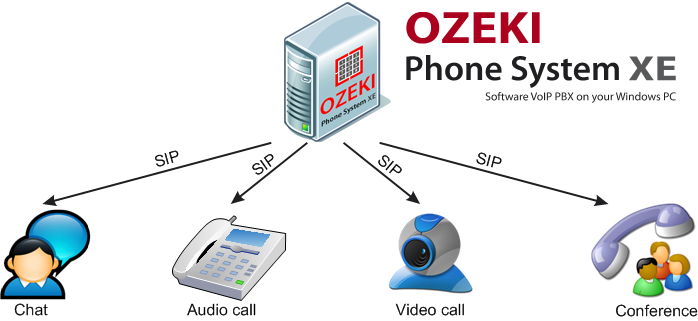SIP Trunking Explained
Do you feel stuck in the past when making a phone call? Are you not always able to call somebody anywhere you would like to? SIP Trunking is probably the solution to all your problems and it uses the Internet instead of the Public Switched Telephone Network. If you would like to solve your communication problems then you should read further.
If you want to set up different types of calls, like a chat, an audio or video call, or conferences you will need a Session Initiation Protocol, or a SIP.
With a trunk, you can handle many signals simultaneously, as it is a line or link specifically constructed with that purpose. They are meant to connect major centers of a communication system. Trunking is how we use and manage those trunks, it reduces the number of cables and wires to as low as possible.
SIP trunking has made it possible to build up communication systems via the Internet by connecting a number of devices through the Internet at the same time. To you, it means that you and your employees will be able to make several international calls (audio and video calls and conferences, chat sessions and conferences) from one center at the very same time (Figure 1).

So, SIP trunking establishes connection between a PBX (also known as Private Branch Exchange, or a server) and the Internet by using Voice over Internet Protocol, or voip, which controls multimedia transmission over the Internet.
So, if you want to make more profit from your already installed IP-PBX (a PBX, which can convert analog and digital data on its own) at your company by using it for more than just communication over IP within your organisation, then you should start making use of SIP trunking. If you need a worldwide communication, then SIP trunking is also the best choice for you because via the Internet, it is able to replace the former telephone trunk.
Its most significant advantage is that it has the capability to handle various kinds of data, voice and video in only one wire, so you will not need separate physical media for each and every type of data. You will only notice that your multimedia services are becoming much more reliable.
The other advantages of SIP trunking include:
- making and receving local and long-distance calls simultaneously,
- the possibility to use both desktop and mobile devices,
- the chance to handle e-mail and texting,
- and surfing on the Internet
- at the very same time.
As you are still reading, you must be interested in what you would need to start using SIP Trunking. Well, you only need a PBX, a subscription from an ITSP and a gateway. PBX is a server, which is connected to all internal end users. ITSP is an Internet Telephony Service Provider, while the gateway serves as a connection between the former two.
If you choose Ozeki Phone System, you will see that once you have got and installed everything written above, you and your company will finally be able to enter the future while enhancing your effectiveness. Ozeki Phone System can offer you such great opportunities that no other system can, such as flexibility, advancement, easy-to-manage interfaces, multifunctionality and the list could go on and on. The easiest way to decide whether it is for you is to try it.
Check out the following articles for more information:
